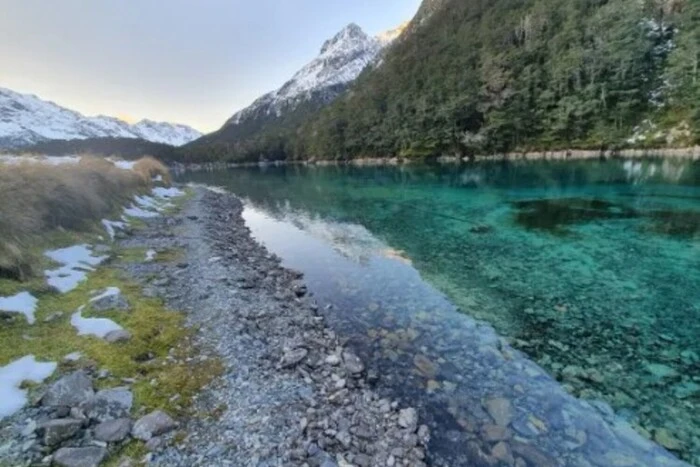The 'cleanest lake in the world' hidden in New Zealand has been affected by tourists.


In the heart of Nelson Lakes National Park on New Zealand's South Island lies a charming lake. Tourists visiting the park notice the unusual color and energy of Rotomairewhenua, which means 'lake of peaceful lands.' The history of this lake is linked to fairly recent studies that have shown its water to be the clearest freshwater in the world, with visibility up to 70-80 meters.
The lake has been awarded the title of 'the cleanest lake in the world' and has become popular among tourists. However, conservationists and the local Ngāti Apa tribe have concerns: the growing popularity may threaten the lake's purity. Particular worry is raised by the increase in didymo - small algae that forms slime. To combat this issue, cleaning stations have been set up near the lakes, and educational signs have been placed urging tourists to clean their shoes before entering the park.
Particular concern is raised by the spread of didymo - a microscopic algae that forms slime. 'An invasive species to New Zealand, didymo likely arrived from North America, possibly through fishing equipment,' suggests Phil Novis, a senior scientist at the state ecological institute Landcare Research.
The title of 'the cleanest lake in the world' and the publicity on social media have undoubtedly contributed to the popularity of this place. With the emergence of this name, the number of tourists visiting the lake significantly increased. However, conservationists wish for people to come and take care of this natural masterpiece. The lake has a special energy and offers tranquility, so it is important to respect it and preserve its natural beauty.
Read also
- The Swiss Minister of Economy urged citizens to drink more wine
- Red Sea again dangerous: Houthis attack Greek bulk carrier, two killed
- The educational ombudsman explained how to bring Ukrainian youth back from abroad
- From abnormal heat to stormy rains: forecaster Didenko warns of sharp weather changes
- New reports in Army+: Umierov explained how military personnel can arrange for dismissal after captivity and more
- Frontline Situation as of July 7. General Staff Summary









